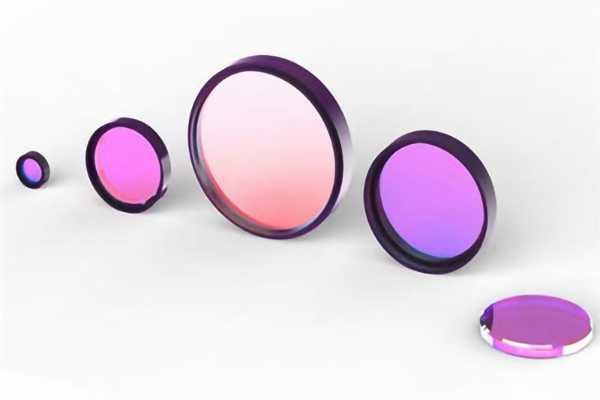
Infrared optics is a fascinating and rapidly evolving field crucial in various applications, from environmental monitoring to medical diagnostics. By harnessing the properties of infrared light, scientists and engineers can explore dimensions of the electromagnetic spectrum that are invisible to the naked eye, unlocking new opportunities for innovation and discovery. The ongoing exploration of nir swir mwir lwir technologies promises exciting developments that will shape the future of science and innovation. Today, we will take a look at different aspects of Infrared optics.
Understanding Infrared Light
Infrared (IR) light is a part of the electromagnetic spectrum between visible light and microwave regions. It is categorized into several bands based on wavelength: near-infrared (NIR), short-wave infrared (SWIR), mid-wave infrared (MWIR), and long-wave infrared (LWIR). These bands have unique properties and applications, making them suitable for various technologies.
- Near-Infrared (NIR) ranges from approximately 0.75 to 1.4 micrometers. It is commonly used in applications like spectroscopy, fiber optics, and imaging systems. NIR light can penetrate materials like skin and is instrumental in agricultural monitoring, allowing for plant health assessment through reflectance measurements.
- Short-Wave Infrared (SWIR) spans from about 1.4 to 3 micrometers. SWIR is particularly effective in imaging applications with limited visibility, such as night vision systems. This band is sensitive to moisture content in vegetation and soil, making it valuable for environmental and agricultural studies.
- Mid-Wave Infrared (MWIR) operates from 3 to 8 micrometers. It is widely used in thermal imaging and military applications. MWIR sensors are adept at detecting temperature variations, making them essential for surveillance, fire detection, and diagnostic imaging in medical settings.
- Long-Wave Infrared (LWIR) encompasses wavelengths from 8 to 15 micrometers. LWIR is often used in thermal cameras and gas detection systems, as it can effectively detect heat emitted by objects. This band is vital for various industrial applications, including monitoring machinery for overheating or detecting leaks in gas pipelines.

Applications of Infrared Optics
The applications of infrared optics are diverse and impactful, spanning multiple industries:
- Medical Diagnostics: Infrared optics is crucial in medical imaging technologies, such as infrared thermography. By detecting temperature variations in the body, healthcare professionals can identify potential health issues, including inflammation and tumors. NIR spectroscopy is also used to analyze biological tissues and fluids, providing valuable insights for disease diagnosis.
- Environmental Monitoring: Infrared optics plays a significant role in environmental science. Satellites with infrared sensors can monitor land cover changes, vegetation health, and water quality. This information is essential for managing natural resources and studying the effects of climate change.
- Industrial Applications: In industrial settings, infrared optics are used for predictive maintenance and quality control. Thermal imaging cameras can detect equipment overheating, preventing costly breakdowns. Additionally, LWIR sensors are employed in gas detection systems, ensuring workplace safety by identifying harmful leaks.
- Defense and Security: Infrared optics is integral to defense applications. Thermal imaging systems enable night vision capabilities, allowing military personnel to operate effectively in low-light conditions. SWIR and MWIR sensors are also used for surveillance, reconnaissance, and target acquisition.
- Consumer Electronics: Infrared technology has permeated consumer electronics, particularly remote sensing applications. Infrared thermometers and smart home systems utilize NIR and LWIR sensors for temperature measurement and environmental control.
Future Directions in Infrared Optics
The future of infrared optics is bright, driven by ongoing advancements in technology and materials science. Researchers are exploring new materials and nanostructures to enhance the performance of infrared optical systems. For instance, innovations in quantum dot technology hold promise for developing highly sensitive infrared detectors and imaging systems.
Moreover, integrating artificial intelligence (AI) with infrared optics opens new avenues for data analysis and interpretation. AI algorithms can process vast amounts of infrared data, enabling real-time monitoring and decision-making in various applications, from agriculture to industrial automation.
Conclusion
Infrared optics is a dynamic field that continues to expand, revealing the unseen dimensions of the electromagnetic spectrum. With applications spanning healthcare, environmental monitoring, and security, the importance of infrared optics cannot be overstated. As technology progresses, the ability to manipulate and utilize infrared light will further transform industries and improve our understanding of the world around us.




